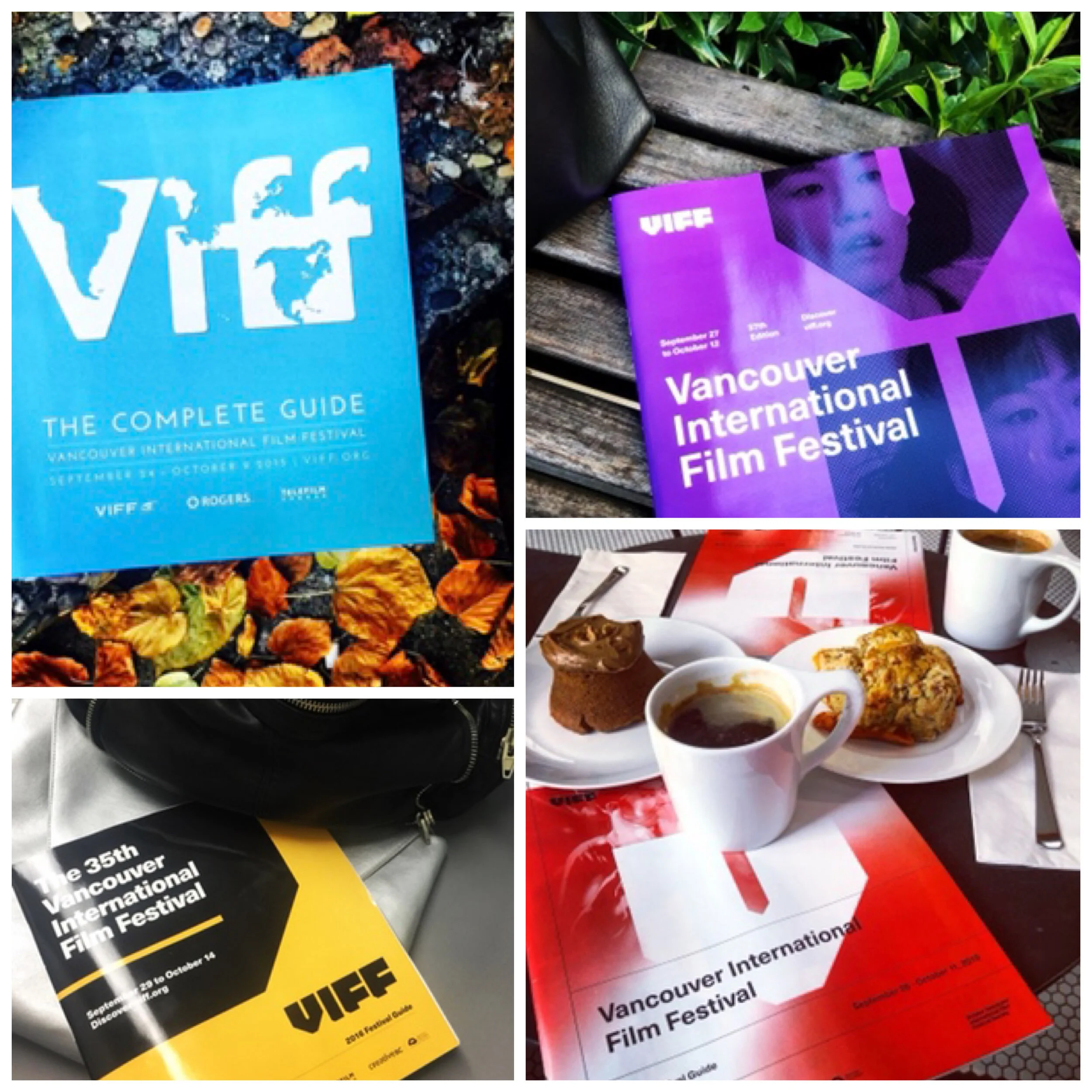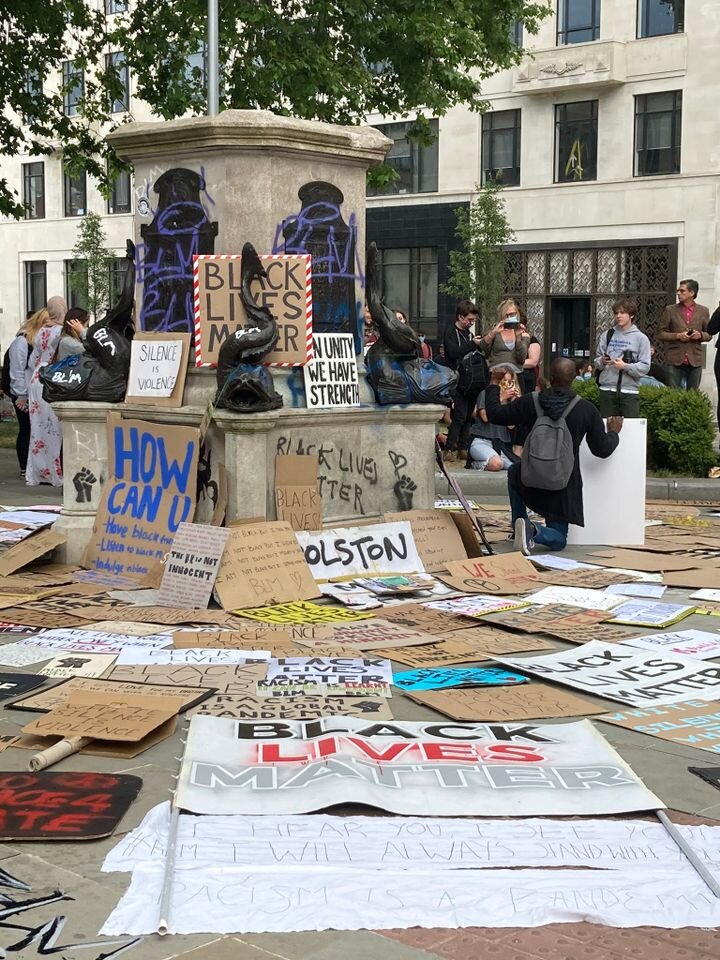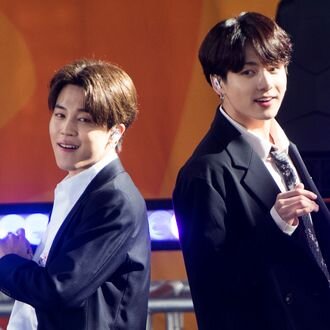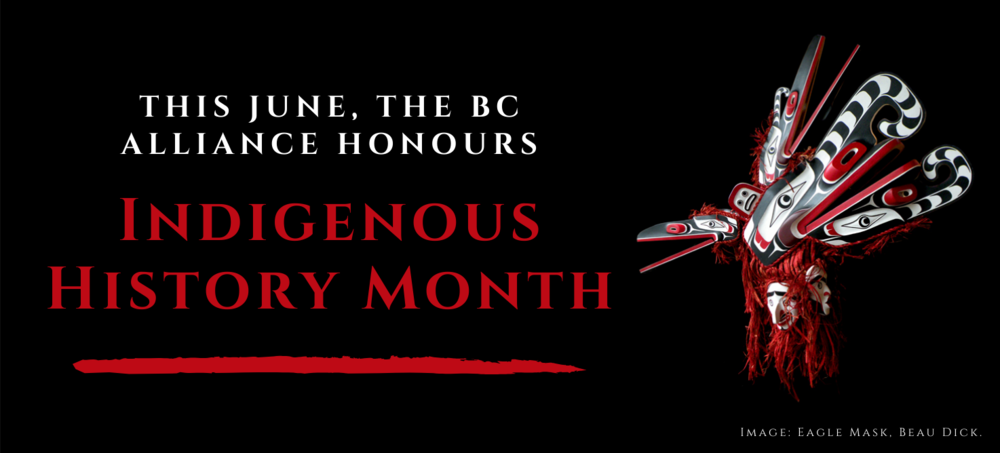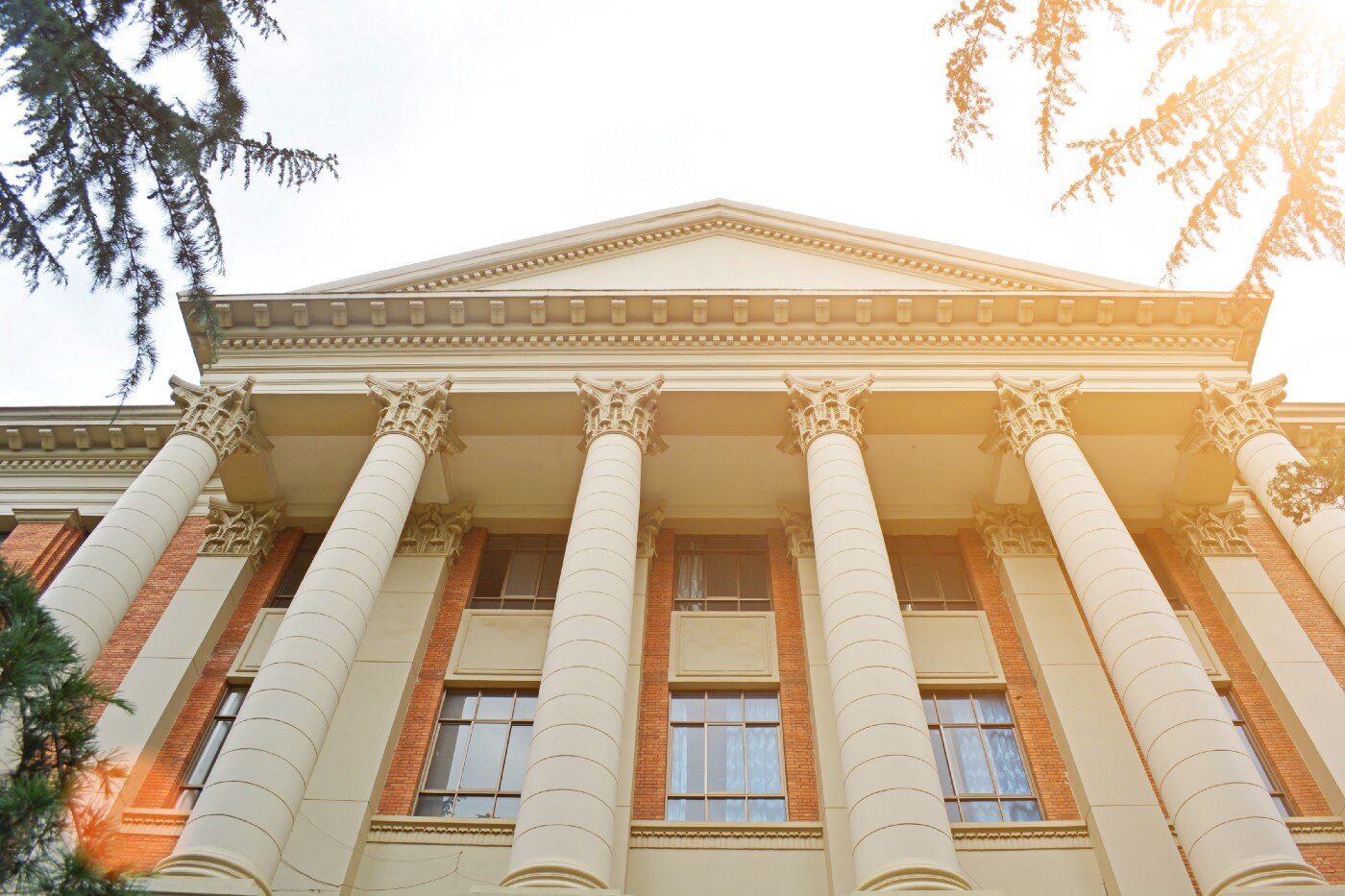Few things in this crazy year would compel me to re-emerge from my summer blogging hibernation, but I am doing just that to kick off the fall and promote another year of the Vancouver International Film Festival. As with all things cultural during the age of Covid-19, there has been major reassessment and creative reimagination of what is possible. And in the case of the VIFF organizers, this has meant the adaptation of a mostly online model that embraces the Netflix age where audiences will have the opportunity to stream most of the VIFF line-up in a “watch anywhere, anytime” modality. At the same time, attempts have been made to retain the spirit and vibe of the festival with a limited selection of in-theatre screenings of VIFF’s more anticipated films.
While I have many mixed feelings on all this, as I know many other die-hard VIFF goers do, I am choosing to look at the upside of all this. I figure if VIFF can find a way through this year, so can I. Most importantly, I will have the chance to stream and watch ALL THE FILMS on my own schedule for the very reduced subscription rate of $60 (see all ticket prices here— $30 for full-time students!) and in the comfort of my home on my Apple TV or computer over the span of the festival from September 24th to October 7th. In years past, I have always had to make the difficult cuts to my must-see list based on my teaching and research and/or bought tickets for screenings I was never able to attend. Big big plus.
I am already incredibly excited with lots of the selections in this year’s programme and will be sending two sections of my ARTH 1130: Introduction to Film Studies course to the virtual VIFF as in year’s past. As promised to them, and to those students (past and present), friends, and colleagues, who ask me each year which films are at the top of my list, I present this assembled selection. These are my must-see picks so far, curated from a much longer list of 30+ films I have flagged for viewing.
So, without further adieu, my 10 Quick Hot Picks in alphabetical order with captions and links sourced straight from the VIFF website: www.viff.org
“Inspired by the thesis that humans are born with a 0.05 deficit in blood alcohol content, Martin (Mads Mikkelsen) and three of his teacher buddies – all middle-aged men – decide to test the theory. Early results are encouraging. After a couple of shots of vodka, history class becomes a crucible of insightful debate. Time to kick this project up a notch… This intoxicating black comedy from Tomas Vinterberg (The Hunt, The Celebration) has a reckless anarchic spirit with a chaser of existential angst.”
“Yae-ji’s looks have been the cause of endless bullying - an obstacle to career and romance. Imagine her excitement when she tries a mysterious skincare product that makes her drop-dead gorgeous overnight. But beauty comes with a heavy price. Cho Kyung-hun’s gripping animated thriller is a scathing critique of South Korea’s patriarchal, body-shaming culture.”
THE CURSE OF WILLOW SONG (Canada)
“Fresh out of prison, Willow Song (Valerie Tian) is now fending for herself in Vancouver’s unforgiving Downtown Eastside, enduring workplace harassment and anti-Asian sentiment. Retreating to an abandoned warehouse, her latent psychokinetic abilities manifest and an uncanny transformation commences. Karen Lam delivers an exceedingly eerie supernatural thriller steeped in searing social commentary that chillingly suggests Vancouver has left Willow with no alternative but to become a monster.”
“It’s impossible to consider the history of Latin American art without acknowledging the enormous legacy of Frida Kahlo. British director Ali Ray’s new bio-doc for the Exhibition on Screen series is an in-depth look at the Mexican painter’s life and art. Featuring an impressive roster of academics, art historians, gallerists and Kahlo’s official biographer, Hayden Herrera, the film traces Kahlo’s suffering and pain, her passion, drive, radical politics and unique style.”
INTO THE STORM (United Kingdom/Peru)
“Shot over five years, Into the Storm chronicles a scrappy Peruvian teenager who taught himself to surf with a broken board he found on the beach, and earns a spot at former World Champion Sofía Mulánovich’s surfing school. Reminiscent of Hoop Dreams, Into the Storm navigates the trials and struggles of Jhonny Guerrero as he hopes to lift himself and his family out of poverty by becoming a professional surfer.”
MARCEL DUCHAMP: THE ART OF THE POSSIBLE (United States)
“What makes a work of art “art”? This question was central to French modernist Marcel Duchamp’s practice. The Art of the Possible is a mesmerising account of Duchamp’s life and work, showing how his radical rejection of 19th century ideals paved the way for countless innovations in culture and the arts. An impressive array of experts (Jeff Koons, Marina Abramovic, Michel Gondry) explore Duchamp’s legacy, as archival footage reveals a charismatic–at times cheeky–visionary light years ahead of his time.”
MOGUL MOWGLI (United Kingdom/ United States)
“On the brink of his big break, Zed (Riz Ahmed) instead finds his plans reduced to rubble. Rather than embarking on an international tour, the British-Pakistani rapper grapples with a degenerative autoimmune disorder that forces him to seek shelter with his estranged London family. Ahmed convinces on the mike, unleashing high velocity, vitriolic rhymes, but the devastating power of Bassam Tariq’s film truly comes from its deft articulation of the unique conflict churning within a bi-cultural artist.”
PARIS CALLIGRAMMES (Germany/France)
“Ulrike Ottinger, member of the New German Cinema of the 1970s and 80s (including Johanna d’Arc of Mongolia, VIFF ’89), offers a portrait of the artist in her youth and Paris in the 1960s. The film is named after the Left Bank bookstore where a circle of émigré poets, painters, and sculptors crossed paths and offers a collage of archival footage, film clips and home movies, enhanced by Ottinger’s thoughtful voice over. “A work of vital and energetic modernism.” - The New Yorker”
“VIFF favourite François Ozon’s look back at the mid-80s is a romantic, sexy, and ultimately tragic coming-of-age tale awash in gorgeous colour, sunny locations, and eye-popping period fashions. Sixteen-year-old Alex (Félix Lefebvre) is being questioned by police about the death of 18-year-old David (Benjamin Voisin). Cue flashbacks to a heady, beachside summer romance between the two, an experience that rocks Alex’s world… Anchored by fine performances from its leads, this is simply a treat.”
YALDA, A NIGHT OF FORGIVENESS (France/Germany/Switzerland/Luxembourg/Lebanon/Iran)
“Massoud Bakhshi’s gripping film (Sundance’s Grand Jury Prize-winner) centres on a live TV show on which a convicted killer must beg for her life. Maryam (Sadaf Asgari) has been found guilty of murdering her much older husband, and the courts have put her fate in the hands of his daughter Mona (Behnaz Jafari). As their confrontation approaches, we discover that both women know more than they’re telling about the crime… Yalda is a suspenseful, powerful work, suffused with the spirit of social protest.”

